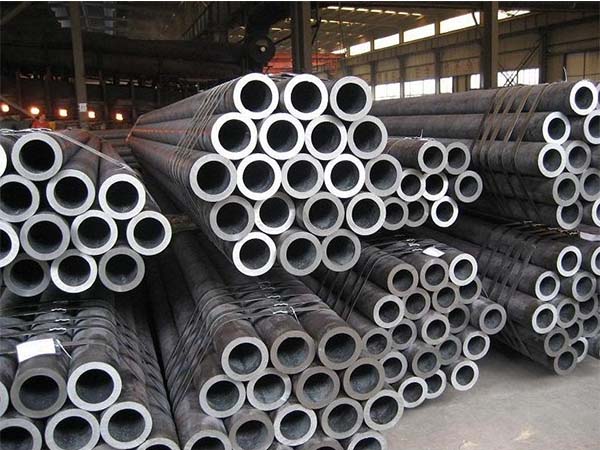In various piping projects, it is crucial to understand the difference between
Schedule 40 (SCH 40) and
Schedule 80 (SCH 80) piping. Although the nominal outer diameters of the two are the same, their inner diameter dimensions, performance and application scenarios are quite different.
What is Pipe Schedule?
Pipe Schedule (SCH) is a method for unified marking based on the Nominal diameter (NPS, Nominal Pipe Size) and wall thickness. Common representation methods include: SCH 5, SCH 10, SCH 20, SCH 40, SCH 80, SCH 160, XS, XXS, etc. The larger the value, the thicker the wall thickness and the higher the corresponding pressure resistance capacity.
Both Schedule 40 and Schedule 80 pipes cover NPS from 1/8" to 36". Under the same nominal diameter (NPS), the outer diameters of both are the same, but the wall thickness of Schedule 80 is greater than that of Schedule 40.

The main differences between SCH 40 and SCH 80 pipes
1. Wall thickness difference
Under the same NPS, the wall thickness of SCH 40 is thinner compared to SCH 80, and it is suitable for general fluid transportation and medium and low-pressure pipelines. SCH 80 is about 20-50 per cent thicker than SCH 40 in the same bore. It has higher mechanical strength and rigidity and is capable of withstanding greater pressure and load.
2. Differences in pressure levels
SCH 80 pipe, due to its greater wall thickness, has a nominal working pressure approximately 1.5 times higher than that of SCH 40. It can withstand higher pressure and is suitable for a wide range of heavy-duty applications. Moreover, under high-temperature working conditions, SCH 80 has a better ability to maintain strength and is suitable for hot water, steam and high-temperature process pipelines.
3. Weight and Installation
Under the same length and material conditions, the wall thickness of SCH 40 pipes is thinner, the mass per unit length is lighter, and it can reduce material and transportation costs, and the installation is also more convenient. SCH 80 pipes are relatively heavy, and the costs required for hoisting and transportation are higher.
4. Cost comparison
SCH 80 usually costs 20-40 percent more than SCH 40 because it uses more steel, and it also incurs higher costs for transportation and installation. However, its superior performance can reduce the thickness of support points or accessories, offsetting part of the incremental costs as a whole.
5. Different colors
Schedule 40 and Schedule 80 pipes can be easily distinguished by color. SCH 40 pipes are usually white, while SCH 80 pipes are usually gray. However, this method of distinction is not accurate. It is still necessary to carefully check the printed information on the pipes and fittings.
6. Application fields
SCH 40 pipes are typically used in medium and low-pressure piping systems, such as low-pressure water supply pipes, water and gas pipelines, sewage treatment systems, and general chemical process pipelines. SCH 80 is applicable to high-pressure hydraulic systems, the transportation of hot water and steam, the transportation of chemicals and power plants, etc.
Both Schedule 40 pipes and Schedule 80 pipes are widely used in manufacturing and other commercial environments. When choosing steel pipes, factors such as the applicable environment should be considered to ensure the safety and reliability of the pipelines.
